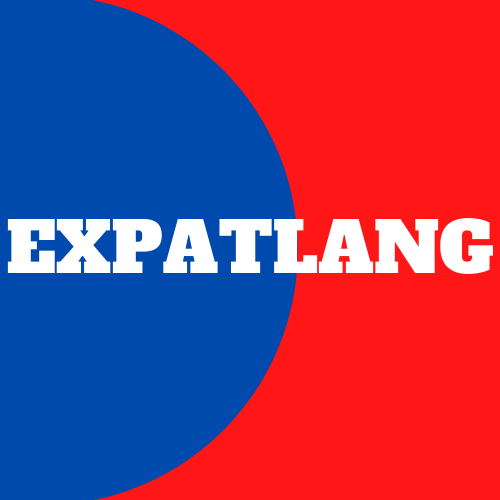- Version
- Download 9
- File Size 6.28 Mo
- File Count 1
- Create Date 26 April 2021
- Last Updated 27 April 2021
Languages - A family business
Languages have been used for decades as communication tools by their speakers. They can help us interact with our peers, collaborate with them, make acquaintances, become more familiar with a new environment and avoid us falling into major traps.
Languages are used over a wide variety of environments and territories. With such a wide array of contexts, the way people communicate is constantly adapting to ever-changing lifestyles and cultures.
But human beings are social animals. Although they live in separate groups, these groups have always been permeable to each other. This gave way to numerous exchanges of goods, know-how and strategic alliances. And here again, our favourite communication tool - languages - played a major part. Words traveled from culture to culture and have left permanent footprints in their host languages
Out of social, historical or environmental reasons, some populations may have shared a language over certain periods of time. This language was then transformed and adapted to local needs and started to differ slightly from its original version. This gave way to the creation of a huge number of dialects of this language. That is to say, a language that shares many common features compared with their original and became a similar yet not identical version of the original languages.
All the dialects of a language are called a group of languages. There are many different groups of languages around the world. When we learn languages, becoming familiar with these groups can be very helpful and this is what we’ll see in today’s booklet.
Expatlang’s proud to share this new booklet about language groups and families. In it we’ll introduce the different language families worldwide. Then, we’ll focus on a few examples of similarities between languages within a language family. After this, we’ll take a closer look at the family of Indo-European languages and will explain how it’s structured. Finally, we’ll give concrete examples of how similar languages within different branches of the Indo-European family can be.


Recent Comments